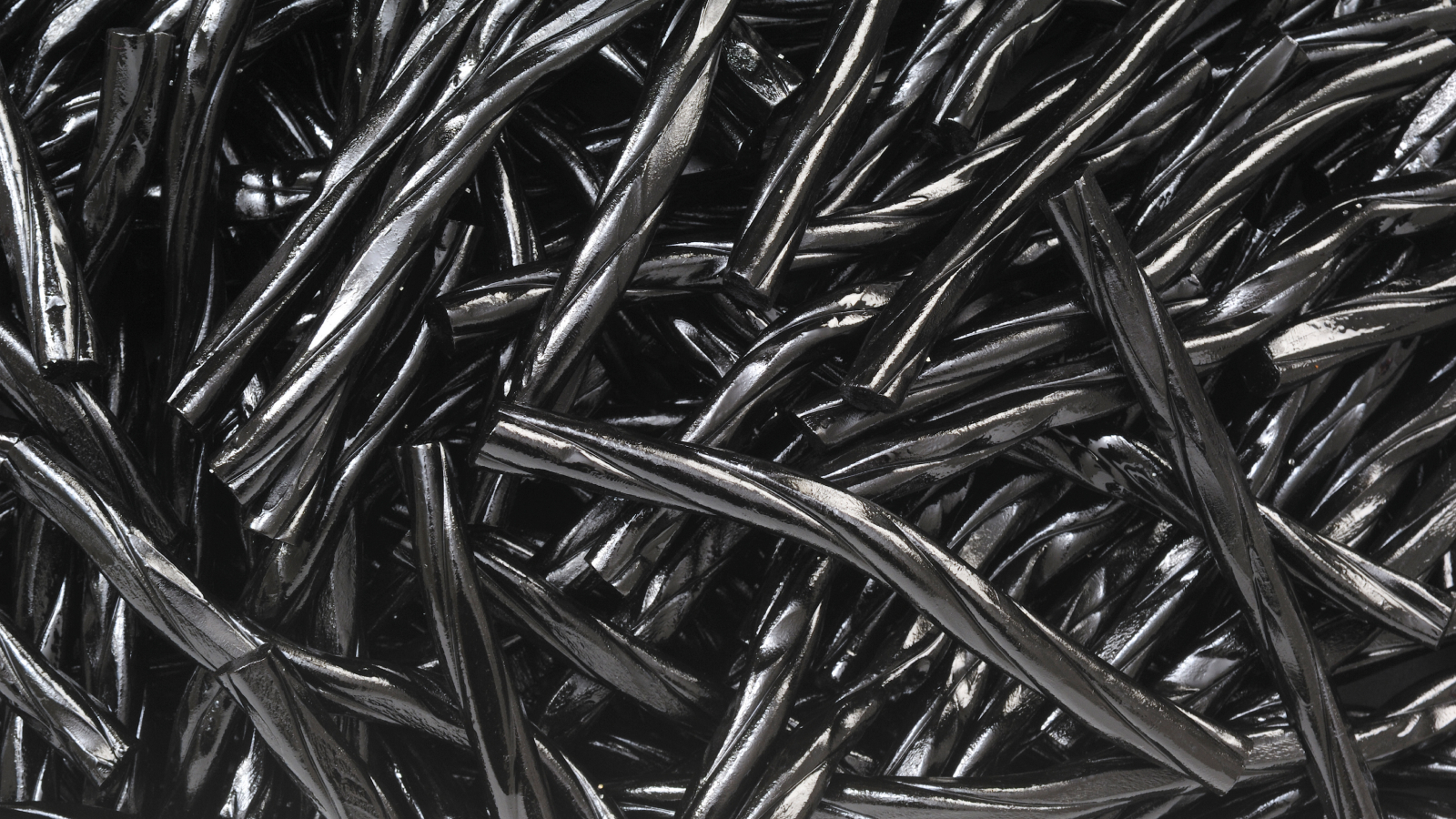Fishes, Vol. 8, Pages 291: Stock Discrimination of Gilthead Seabream (Sparus aurata Linnaeus, 1758) through the Examination of Otolith Morphology and Genetic Structure
Fishes doi: 10.3390/fishes8060291
Authors: George Geladakis Costas Batargias Stylianos Somarakis George Koumoundouros
Reliable stock identification constitutes an integral component of effective fishery management. Current methods for the identification of putative stock units comprise the analysis of both phenotypic and genetic variability. The present study examined the spatial variation in otolith morphology (shape and asymmetry) and genetic composition of 395 wild-caught Gilthead seabream (Sparus aurata) specimens, collected from the Aegean and Ionian Seas (eastern Mediterranean) between 2014–2018. The degree of scale regeneration (SRD, % of regenerated scales) was used as an indicator to assess the potential presence of aquaculture escapees in the wild-caught samples. Otolith shape and asymmetry analyses showed a phenotypic discrimination between northwestern Aegean and Ionian Gilthead seabream populations. Genetic analyses of nine microsatellite markers revealed higher levels of genetic variation in the wild compared with samples obtained from aquaculture farms. Despite the absence of genetic structure among the wild-caught seabream populations, a low but statistically significant genetic differentiation was found between reared fish and fish collected in the field. The SRD was considered effective in detecting the presence of aquaculture escapees that may have escaped in either early or late rearing phases.

 1 year ago
27
1 year ago
27


